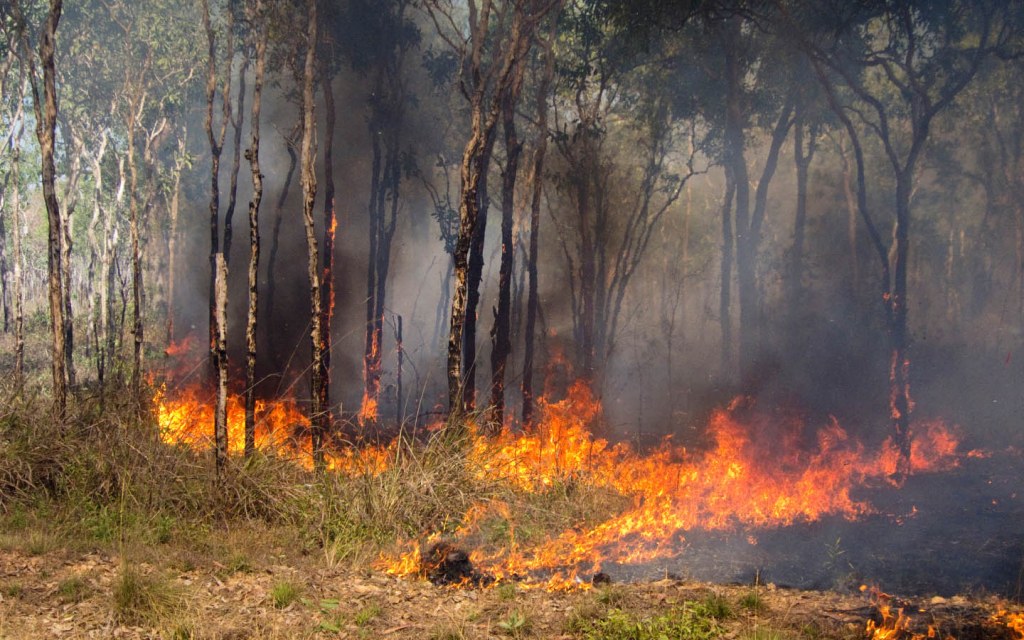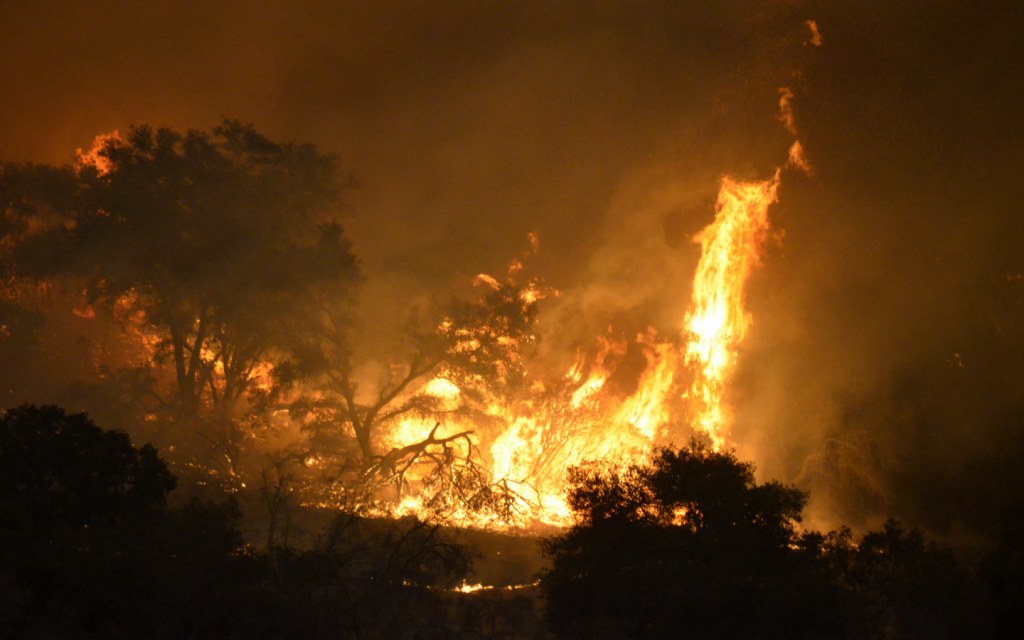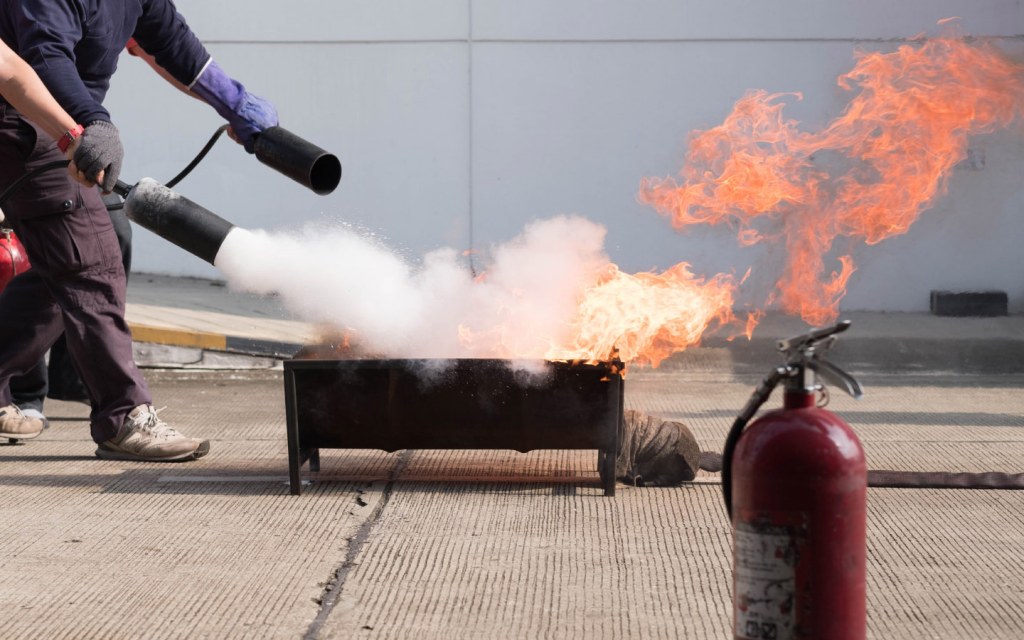IN THIS POST
Meaning & History of Bushfires
Causes of Bushfires
Impact of Bushfires
Prevention from Bushfires
Climate change is short for long and extreme shifts in global climatic patterns. The raging bushfires in Australia are a reminder for all of us that the climate is indeed changing, unfortunately, for the worst. While climate change is something that should be a significant cause of worry for every person living in Pakistan, what are the actual causes of bushfires, and should we be worried about something similar to the recent catastrophe in Australia happening in Pakistan?
In order to answer all of these questions, we’ll be covering the topics mentioned below in this post:
What are Bushfires?

Bushfires are usually large and equally destructive wildfires that spread in no more than a minute over woodland. Hence, they are also called forest fires.
Wildfire might be a new term for people living in urban areas but isn’t something new for people who are from the Northern regions of Pakistan or are from areas that are densely populated with forests, woodlands, or jungles. However, wildfires are not bound to start in forests alone since a recent bushfire incident was witnessed in a section of the University of Karachi, making it evident that these fires can start and spread rapidly in a matter of minutes. It also means that wildfires are not just another natural phenomenon limited to forests.
So, what are the actual causes of bushfires? Well, you’ll find the answer to this question in the next section of this blog.
What are the Major Causes of Bushfires?
As mentioned earlier, climate change is one of the most significant causes of forest fires. So, with climate change affecting the society and all living beings equally and drastically, the chances of something going horribly wrong, especially bushfires, are always high.
Speaking of natural causes of bushfires, lightning is among the most common ones. Thunderbolts can provide the spark that can trigger an inferno. Some grasses, as well as twigs, can get affected by lightning and catch fire very quickly.
Usually ignited by a thunderbolt or lightning, the fire is spread by wind. The oxygen in the wind supports combustion and helps the fire eat up acres after acres within minutes. The phrase “fanning the flame” traces its origins to bushfires.
On the flip side, large tree trunks are more resistant to fire. You will be surprised to know that drier conditions also help ignite and spread a fire, regardless of the high or low temperature.
In addition to natural causes of bushfires, many human-led factors influence its spread. While we only blame natural factors for wildfires, statistics have an entirely different story to tell. Nearly 50% of forest fires are caused by humans, and these are the results of campfires, burning debris, arson, or just plain recklessness. On top of everything, most of these human-led factors of wildfires are intentional as an act of invading the space of other creatures. This space is then used for farming, agriculture, residential, or commercial purposes.
Regardless of whether a human starts a fire or a natural incident sets it off, wildfires are equally threatening to the survival of both humans and animals, not to mention botanical life. In some parts of the world, let’s take bushfires in Australia as an example, they end up destroying properties, livestock, wildlife, and agricultural land.
Let’s dive deeper into the details of the dangers posed by bushfires.
What are the Potential Harms Caused by Bushfires?

Bushfires are a devastating form of wildfires that can wreak havoc on environments and economies central to human survival. They also have severely adverse effects on the life of animals, birds, forests, and other such gifts from nature.
As for the many dangers posed by bushfires, the direct impact of it can be seen in human and animal communities. Thousands of lives are affected by wildfires, coupled with the loss of valuable possessions and ever-lasting trauma. Forests are also reduced to ashes by these intense bushfires. The wildlife calling a forest its homes faces certain death from suffocation or incineration.
Not to mention the fact that air pollution can travel long distances. So, even if there’s a wildfire in Australia, the US, or Amazon, everyone in the world should be equally worried.
Furthermore, wildfires have a direct impact on the economy of the countries affected by them. These natural catastrophes can lead to long-term instability in tourism and natural resources. Moreover, treasured funds of a country can quickly run dry in efforts to stopping the fire from spreading or extinguishing it completely, depending on how massive and extreme the fire is.
How Can We Prevent Bushfires from Happening?

Bushfires occur every year in different parts of Pakistan. While some countries in the world have a climate that is conducive to bushfires, there’s no excuse not to be prepared for the unforeseen. So, here are a few precautionary measures you should know in advance to educate the people around you:
- Always keep track of potential wildfires in advance by checking with the local authorities.
- Consider subscribing to insurance plans for your valuable possessions. Most insurance providers in Pakistan cover the damages caused by fire.
- Avoid contributing to human-led factors of wildfires. Report any such incident to your local authorities immediately.
- Projects related to agriculture should go under assessment of whether these are prone to bushfires or safe for woodlands.
- If you have a garden or live nearby wild bushes, try to keep the grass moist through mulching or by using other non-combustible ground coverings such as pebbles.
- Keep flammable fuels and materials away from your house and away from bushes.
- Keep long hoses in your garden – long enough for them to reach all the areas of your property.
- Create a personal protection kit for every member of your household.
- Ensure all trees and grass on your property are properly trimmed.
- Install fire alarms and timely check that all are working.
Moreover, you should also know that wildfires can start in any season or any time of the year. But in most countries, the red flags are usually seen in early summer or throughout autumn. No matter what, after reading this guide, you should now be better prepared for any such unexpected happenings.
For more informative posts, subscribe to Zameen Blog. Also, do not forget to visit our Facebook page.



